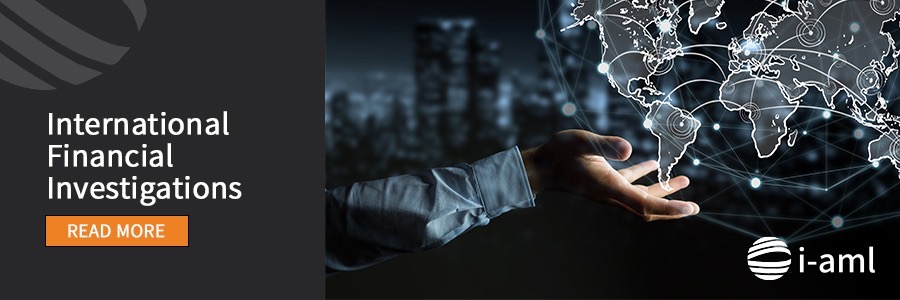Artisanal and small-scale gold mining (ASGM) in eastern and southern Africa provides economic opportunities to a wide range of actors that cuts across the formal, informal and illicit spheres.
ASGM can involve everything from highly vulnerable individuals panning for gold on a subsistence basis to small-scale, semi-industrial operations illegally generating millions of dollars’ worth of gold. Regardless of the form, the vast majority of ASGM is linked to illicit gold markets exploited by criminal actors. The result is ‘a tightly interwoven web of livelihoods, social networks and competition for power and wealth’.
The ASGM sector has significant development potential, but the vested interests of criminal actors, including corrupt political actors, pose a significant barrier to successfully implementing policy and programmatic interventions. Gold mining and trade are highly attractive to criminal actors for a variety of reasons. Illicit financial flows and criminal networks play an instrumental role in shaping ASGM activity and flows, although the scale and frequency of transactions, the depravity of actors, and the subsequent impacts vary greatly geographically and according to the actors. More recently, it has been highlighted how foreign actors may also engage in illicit gold mining and trade to evade sanctions.
.
.
Due to the cyclical nature of ASGM financial flows, profits from illicit activity may be reinvested into gold mining and buying operations, further perpetuating illicit financial flows and obscuring their pathways. Illicit gold markets are also intertwined with politics in many localities, further challenging intervention efforts. As such, multifaceted, innovative and dynamic responses are needed to curb criminality and to realize the development potential of the sector. Yet, policy recommendations often offer only high-level guidance, and lack detailed direction for how to achieve goals. This presents challenges for practitioners when they attempt to implement recommendations, especially when they are not immersed in the ASGM literature or policy discussions. This policy guidance aims to fill this gap by providing more detailed technical guidance on a wide-ranging set of recommendations, as well as additional resources for practitioners.
This policy guidance, a follow-on from the 2021 report ‘Illicit gold markets in East and southern Africa’, is intended to be a tool for those who wish to intervene or engage with the ASGM sector and illicit gold markets, including policymakers, government agents, development interventions, civil society and businesses. Although this policy guidance is designed for eastern and southern Africa, it can be adapted for other regions.
Reading and implementing the recommendations
This policy guidance makes nine recommendations across four key areas of ASGM: legislative and regulatory frameworks, knowledge gathering, gold mining and gold supply chains. These recommendations reflect the need for multifaceted and comprehensive responses, offering a combination of immediate actions that can be taken, medium-term and ongoing recommendations, and long-term transformational objectives. Transformational recommendations for each aspect of ASGM are highlighted at the top of each recommendation group. Although these may be considered aspirational, as they often respond to significant challenges, concrete steps can be taken towards achieving them. Many of these recommendations are not new and have been recommended by African bodies themselves in the past.4 Thus, in addition to new approaches, this guidance also presents direction for implementing past recommendations in current contexts.
There is no single ‘right’ response to combating illicit gold markets and supporting the development of a responsible, sustainable ASGM sector. Stakeholders must therefore assess the unique situation they face in their region, nation or community to determine which objectives are most relevant, feasible and impactful. Different stakeholders will require different responses, which will also vary by their unique set of circumstances, challenges and capacity levels. Thus, this policy guidance has ensured that recommendations are multi-dimensional and layered, allowing stakeholders to tailor the guidelines to their context to achieve short-, medium- and long-term policy objectives. It is also important to recognize that because stakeholder priorities will likely diverge, short- and medium-term actions may have disparate impacts on some goals while furthering others. Supply chain disruptions can have harmful impacts on vulnerable groups, namely informal ASGM miners and mining communities, when they are not accompanied by appropriate development support.
This was highlighted when the COVID-19 pandemic and border closures disrupted regional and global gold supply chains.5 Therefore, efforts to bring a complete halt to intra-regional illicit supply chains are not only unrealistic in the short term, but can also be counterproductive, undermining government legitimacy and empowering criminal and non-state armed groups.
Thus, innovative responses at the regional and transnational level are needed.
.
November 21, 2022 Published by The Global Initiative. (Download Report)







